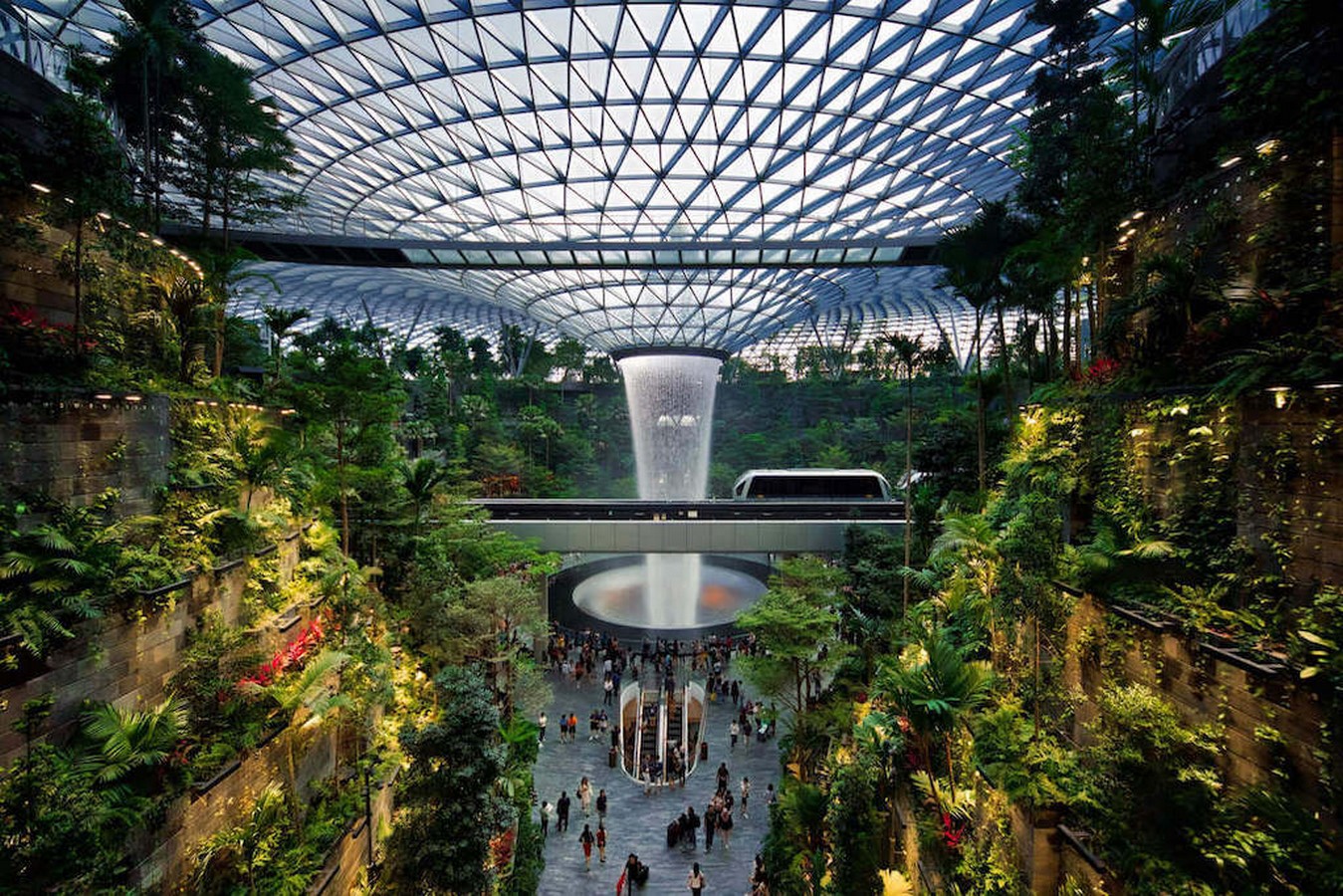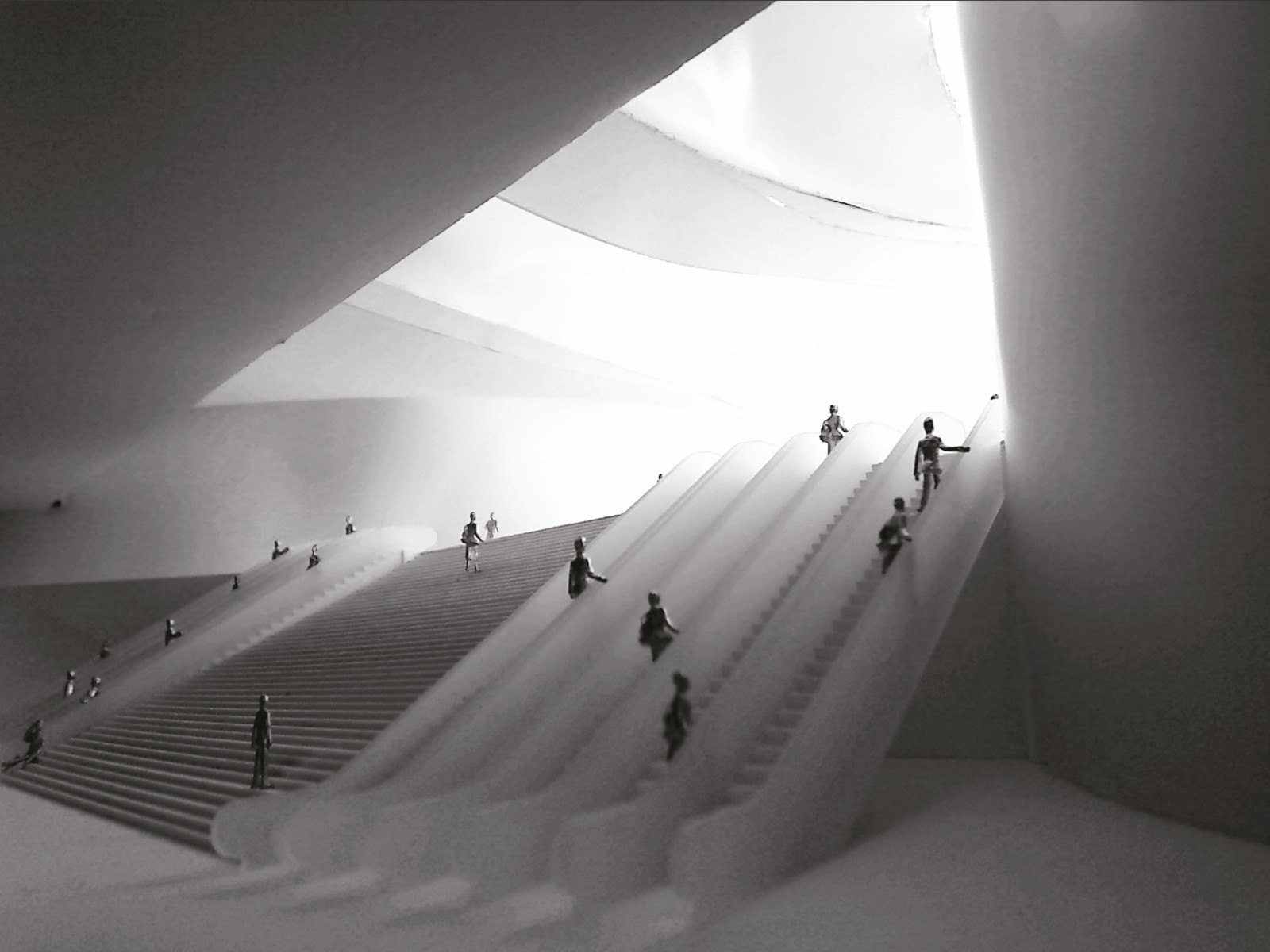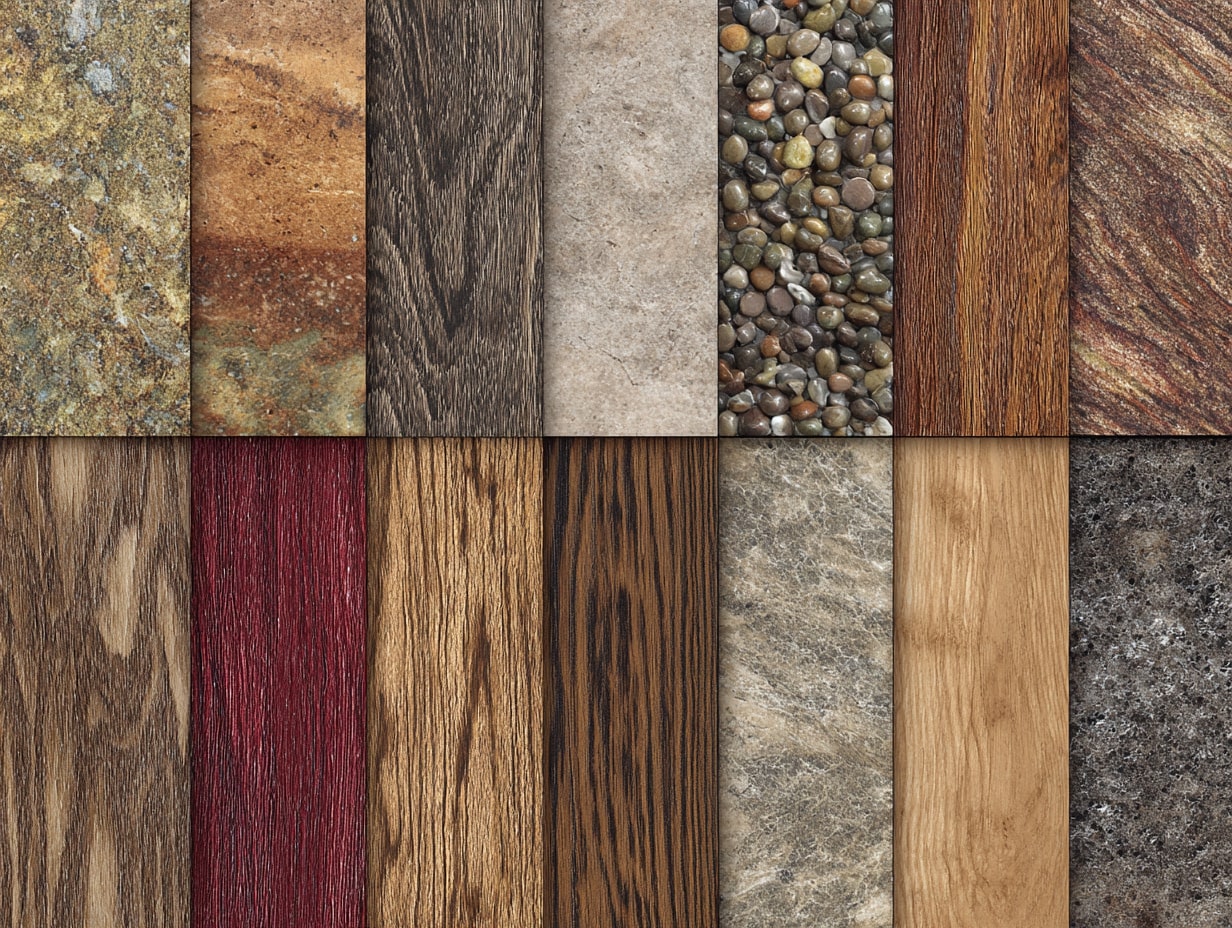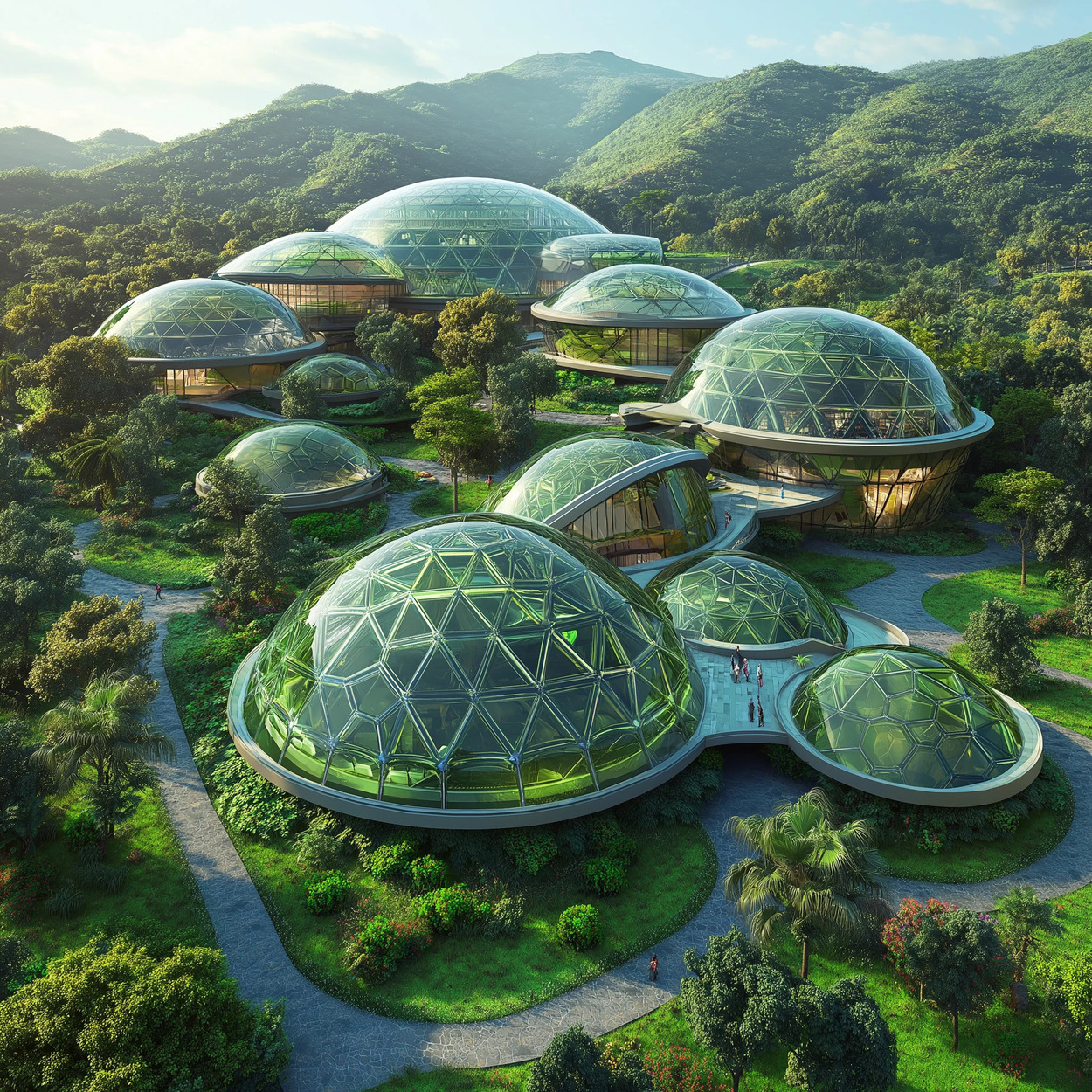- Home
- Articles
- Architectural Portfolio
- Architectral Presentation
- Inspirational Stories
- Architecture News
- Visualization
- BIM Industry
- Facade Design
- Parametric Design
- Career
- Landscape Architecture
- Construction
- Artificial Intelligence
- Sketching
- Design Softwares
- Diagrams
- Writing
- Architectural Tips
- Sustainability
- Courses
- Concept
- Technology
- History & Heritage
- Future of Architecture
- Guides & How-To
- Art & Culture
- Projects
- Interior Design
- Competitions
- Jobs
- Store
- Tools
- More
- Home
- Articles
- Architectural Portfolio
- Architectral Presentation
- Inspirational Stories
- Architecture News
- Visualization
- BIM Industry
- Facade Design
- Parametric Design
- Career
- Landscape Architecture
- Construction
- Artificial Intelligence
- Sketching
- Design Softwares
- Diagrams
- Writing
- Architectural Tips
- Sustainability
- Courses
- Concept
- Technology
- History & Heritage
- Future of Architecture
- Guides & How-To
- Art & Culture
- Projects
- Interior Design
- Competitions
- Jobs
- Store
- Tools
- More
Biophilic Design in Architecture
The rise of biophilic design is an attempt to bridge this gap by integrating nature into architecture. Biophilic design is not only aesthetically pleasing, but it also has a positive impact on our mental and physical well-being, making it a trend that is becoming increasingly popular in architecture.

For centuries, humans have had a deep connection with nature. However, as urbanization and technology have dominated modern life, many people have become disconnected from the natural world. The rise of biophilic design is an attempt to bridge this gap by integrating nature into architecture. Biophilic design is not only aesthetically pleasing, but it also has a positive impact on our mental and physical well-being, making it a trend that is becoming increasingly popular in architecture.
Biophilic design is an approach to architecture that incorporates natural elements and processes into the built environment. It involves creating spaces that are filled with natural light, fresh air, and greenery, and using materials that mimic natural textures and patterns. Biophilic design can be seen in a variety of building types, from homes and offices to hospitals and schools. This design trend is rooted in the belief that our well-being is deeply tied to our connection to nature.

One of the key benefits of biophilic design is that it can improve our mental and physical health. Studies have shown that exposure to nature can reduce stress, improve mood, and increase productivity. For example, a study by the University of Michigan found that just a 10-minute walk in nature can improve cognitive function and decrease symptoms of depression. Biophilic design can also help to improve air quality, as plants are natural air filters. This can be particularly beneficial in buildings where air quality can be compromised due to factors such as pollution or the use of chemicals.
Benefits of Biophilic Design
- Improved air quality: Plants are natural air filters and can help to remove pollutants from indoor air. Incorporating plants into indoor spaces can help to improve air quality and create a healthier environment for building occupants.
- Increased productivity and well-being: Studies have shown that exposure to natural elements such as plants and sunlight can improve productivity, reduce stress, and promote overall well-being. Biophilic design can help to create a more pleasant and productive work environment by incorporating elements such as natural light, plants, and views of nature.
- Enhanced learning: Biophilic design can also be beneficial in educational settings. Studies have shown that exposure to natural elements can improve student performance and concentration. Incorporating elements such as natural light, plants, and views of nature can help to create a more conducive learning environment.
- Reduced energy consumption: Biophilic design can also be used to reduce energy consumption in buildings. For example, incorporating natural ventilation and daylighting strategies can help to reduce the need for artificial lighting and mechanical cooling systems.
- Improved mental health: Exposure to nature has been shown to have a positive impact on mental health, reducing symptoms of depression and anxiety. Biophilic design can help to create a more calming and soothing environment by incorporating natural elements such as plants, water features, and natural materials.

Overall, biophilic design has the potential to create more sustainable, healthier, and more enjoyable spaces for building occupants. By integrating natural elements into architecture, designers can help to improve the function and livability of buildings while also reducing their environmental impact.
In addition to its positive impact on health, biophilic design is also environmentally friendly. By incorporating natural elements into architecture, biophilic design can reduce a building’s environmental impact. For example, incorporating natural ventilation and daylighting can reduce energy consumption and greenhouse gas emissions. Using sustainable materials such as bamboo, cork, and recycled materials can also reduce the amount of waste generated by the building process.

The rise of biophilic design is also a response to the growing concern over the impact of urbanization on our well-being. As cities become more densely populated and built-up, the need for nature and green space becomes more pressing. Biophilic design can help to address this by bringing nature into the built environment. It can create a sense of calm and tranquility in otherwise hectic urban spaces, and provide a connection to the natural world that may otherwise be lacking.
Examples of biophilic design can be seen in a variety of building types. One notable example is the Bosco Verticale, a residential tower in Milan, Italy, that incorporates trees and plants on every floor. The building is designed to improve air quality, reduce energy consumption, and provide residents with access to green space. Another example is the Amazon Spheres in Seattle, USA, which are three interconnected glass domes filled with plants and trees. The Spheres provide a workspace for Amazon employees while also creating a sense of natural wonder in an otherwise urban environment.

- architecture and mental health
- Biophilic
- Biophilic Design
- biophilic design examples
- Biophilic Design in Architecture
- biophilic learning environments
- biophilic workplaces productivity
- daylighting and natural ventilation
- eco friendly architecture trends
- green architecture solutions
- indoor plants design benefits
- natural light in buildings
- nature based design strategies
- sustainable architecture strategies
- wellbeing in built environments
Submit your architectural projects
Follow these steps for submission your project. Submission FormLatest Posts
Green Architecture Explained: Designing for a Resilient Tomorrow
Green architecture explained through resilience: practical ways to cut carbon, improve health,...
Top Sustainable Surface Materials Every Designer Should Know
Explore sustainable surface materials with a designer-ready scorecard: carbon, toxins, durability, circularity,...
Eco-Friendly Floor Coverings: Smart Choices for a Greener Home
Eco-friendly floor coverings made simple: discover sustainable materials, trusted certifications, and room-by-room...
What are Biodomes?
Biodomes are transforming architecture by blending ecological science with advanced design to...












Leave a comment